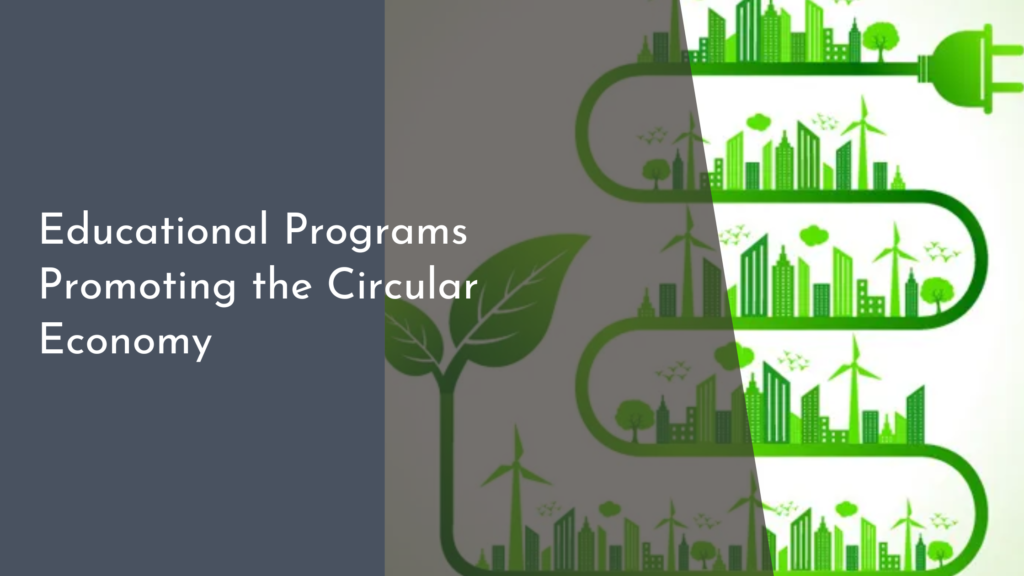The Social Benefits of Green Spaces in Urban Areas
In bustling urban environments, where concrete often outweighs the greenery, green spaces serve as vital oases offering both environmental and social benefits. As cities continue to grow and evolve, the importance of maintaining and expanding these areas has become increasingly evident. Green spaces are not merely about aesthetics; they breathe life into cities, fostering community connections, promoting mental health, and paving the way toward a sustainable future.
Green Spaces: Breathing Life into Cities
Green spaces in urban areas transform the otherwise gray landscapes into vibrant living ecosystems. These natural sanctuaries offer citizens a respite from the hustle and bustle of city life, providing a place for relaxation, leisure, and recreation. Trees, plants, and grass in these areas work tirelessly to improve air quality by absorbing pollutants and releasing oxygen. They also help reduce urban heat, making cities more comfortable during the sweltering summer months. Moreover, green spaces play a crucial role in urban biodiversity, offering habitats for various species of birds, insects, and small mammals.
Beyond their environmental benefits, green spaces are essential for improving the quality of life for urban dwellers. They provide a platform for physical activities such as jogging, cycling, and yoga, encouraging healthier lifestyles. Parks and gardens are places where people can unwind, read a book, or simply enjoy a picnic with family and friends. This connection to nature, even in small doses, can significantly enhance one’s mood and overall well-being. As such, integrating green spaces into urban planning is not just an ecological necessity but a social imperative.
How Urban Parks Foster Community Connections
Urban parks serve as communal hubs where people from diverse backgrounds can gather, interact, and build relationships. These spaces host a variety of events and activities, from farmers markets and outdoor concerts to fitness classes and art exhibitions. Such events provide opportunities for community engagement and cultural exchange, fostering a sense of belonging among residents. Parks are also democratic spaces, accessible to people of all ages and socioeconomic statuses, thus promoting social inclusion.
Children, in particular, benefit immensely from having access to urban parks. Playgrounds and open fields offer them a safe environment to play and explore, which is essential for their social development. Parks encourage cooperative play and teamwork among children, helping them develop essential social skills. For adults, parks can be a venue for informal meetings, where neighbors can chat and form new friendships. In essence, urban parks contribute to building stronger, more connected communities, reinforcing the social fabric of the city.
Enhancing Mental Health through Nature
The hustle and bustle of urban life can often lead to stress and anxiety, making mental health a growing concern among city dwellers. Green spaces provide a natural remedy, offering a peaceful retreat where individuals can escape the chaos of daily life. Numerous studies have shown that spending time in nature can reduce stress levels, lower blood pressure, and improve mood. The calming effect of green spaces is partly due to the soothing sounds of rustling leaves and chirping birds, which provide a natural form of therapy.
Moreover, green spaces encourage physical activity, which is known to boost mental health. Regular exercise releases endorphins, the body’s natural mood lifters, and reduces symptoms of depression and anxiety. Walking or running in a park can be both rejuvenating and meditative, allowing individuals to clear their minds and gain perspective. For those unable to travel to rural areas or take extended vacations, urban green spaces offer an accessible and effective means to nurture mental well-being, contributing to a healthier, happier populace.
A Sustainable Future: The Role of Green Areas
As cities strive toward sustainability, green spaces play a pivotal role in shaping the urban environment of the future. They contribute to climate change mitigation by acting as carbon sinks, absorbing carbon dioxide from the atmosphere. Additionally, green roofs and vertical gardens can be integrated into urban architecture, further enhancing the ecological footprint of a city. By incorporating more greenery, cities can effectively manage stormwater, reduce flooding risks, and enhance urban resilience against climate-related challenges.
Green spaces also promote sustainable lifestyles among residents. Community gardens, for instance, encourage urban agriculture, allowing people to grow their own produce and reduce their carbon footprint. These gardens educate citizens about food systems and the importance of sustainability, fostering a sense of environmental stewardship. As cities continue to grow, prioritizing and investing in green spaces will be essential to create a harmonious balance between urban development and ecological preservation, ensuring a sustainable future for generations to come.
Green spaces are much more than patches of grass amid concrete jungles; they are vital components of urban ecosystems that offer vast social and environmental benefits. From fostering community connections to enhancing mental health and paving the way for sustainability, green spaces are indispensable to the fabric of city life. As urban areas continue to expand, it is imperative that city planners, policymakers, and communities prioritize these green oases to ensure that cities remain vibrant, healthy, and livable for all their inhabitants.

